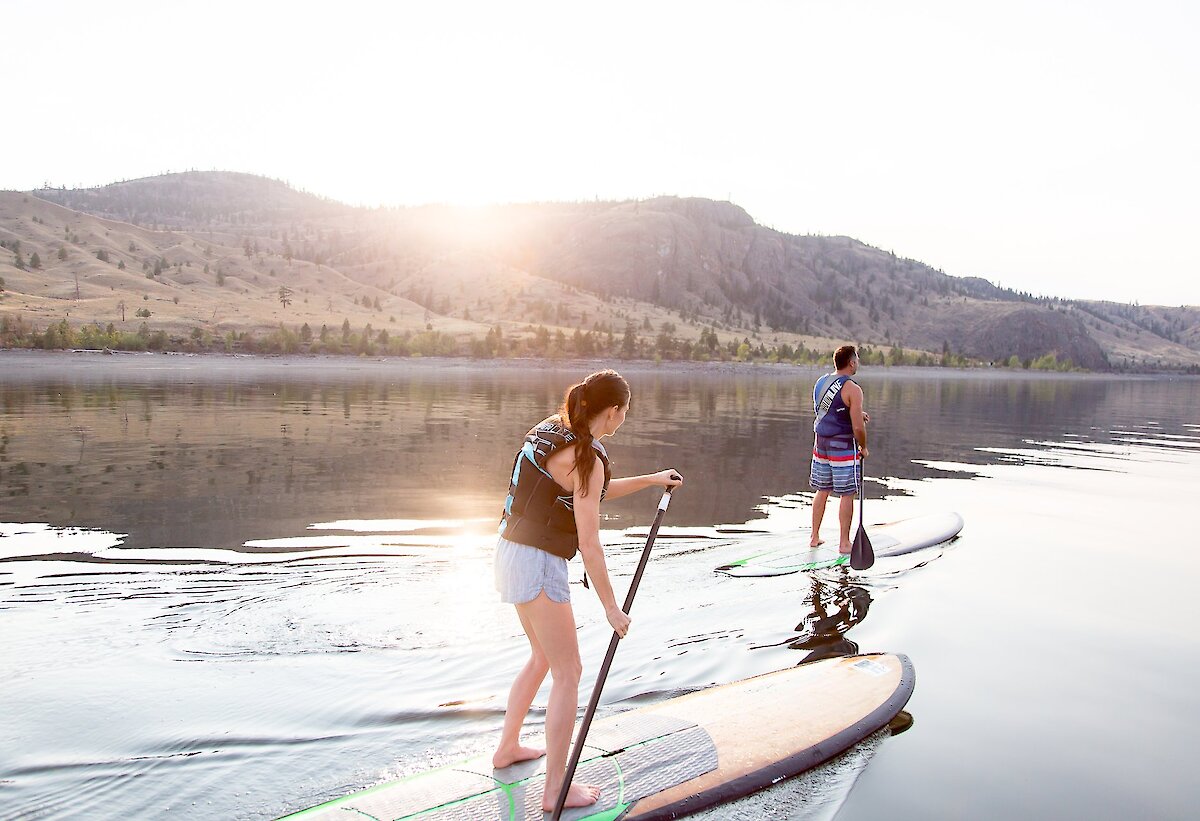Latest News
Welcome to Tourism Kamloops! Nestled in British Columbia, Kamloops is a vibrant city full of natural beauty, outdoor adventures, and rich culture. Discover stunning landscapes, lively arts, and local markets. Explore all Kamloops offers and create unforgettable memories in our welcoming community. Your adventure starts here!

